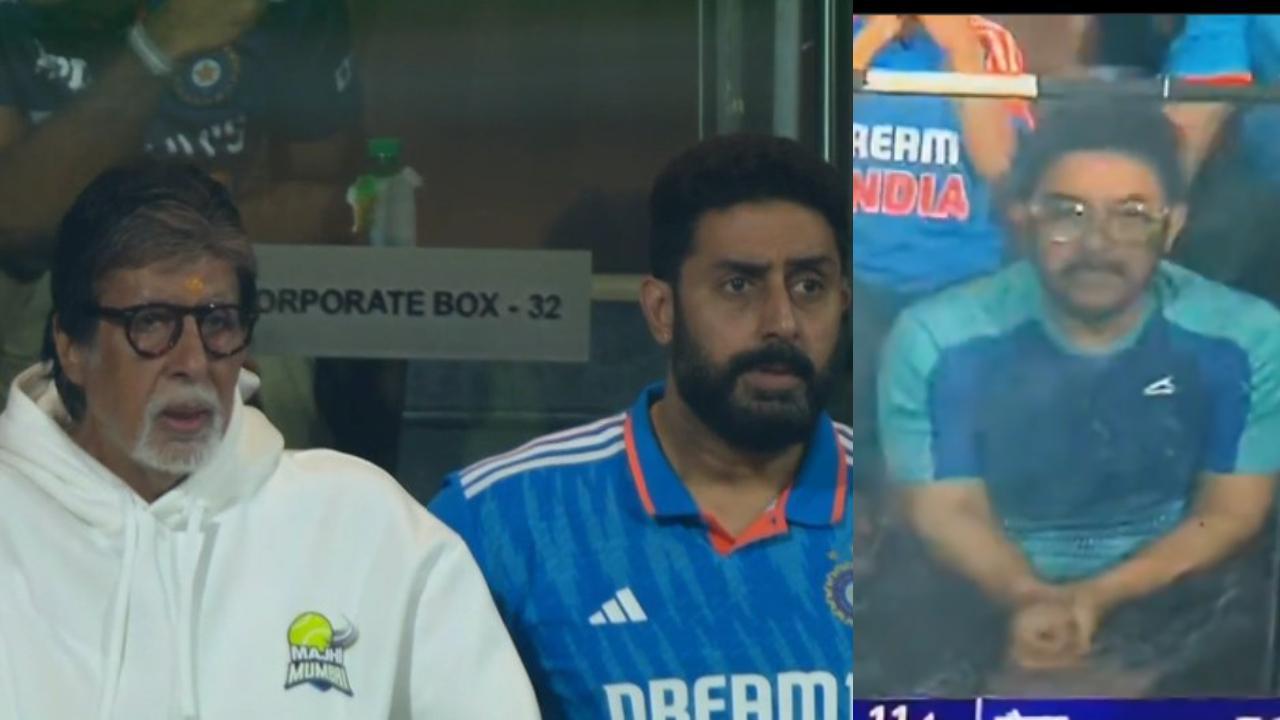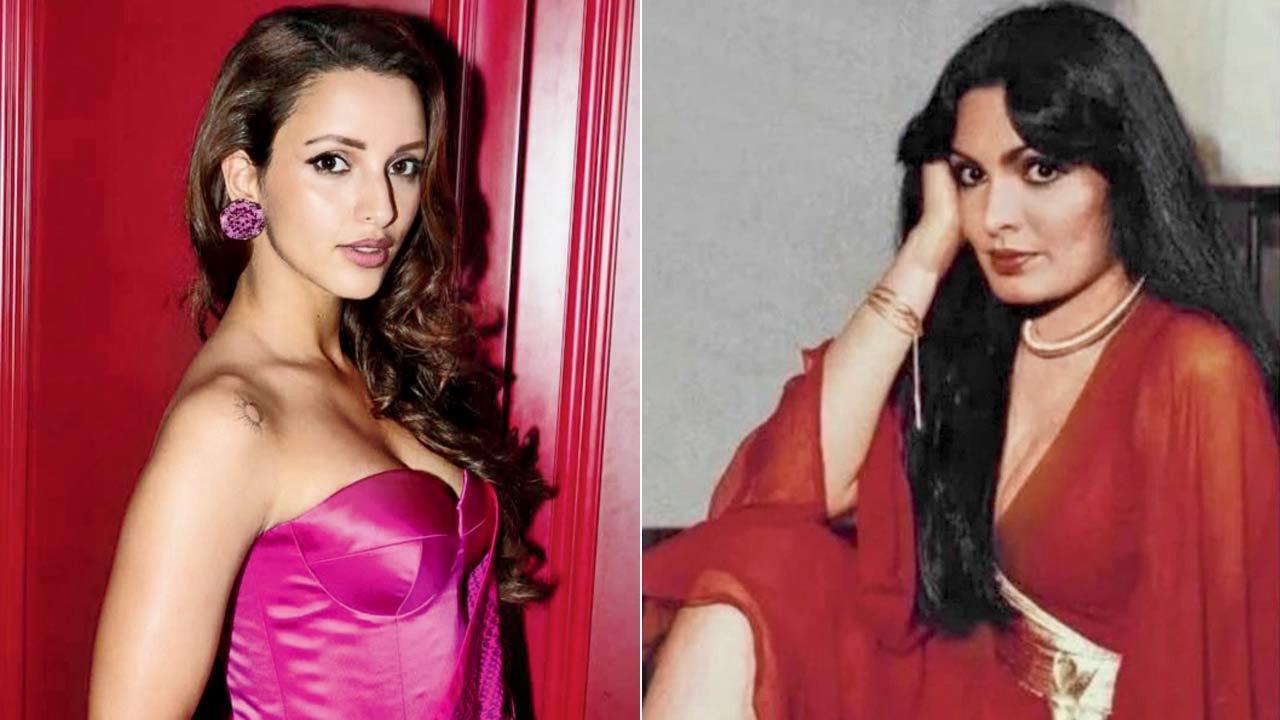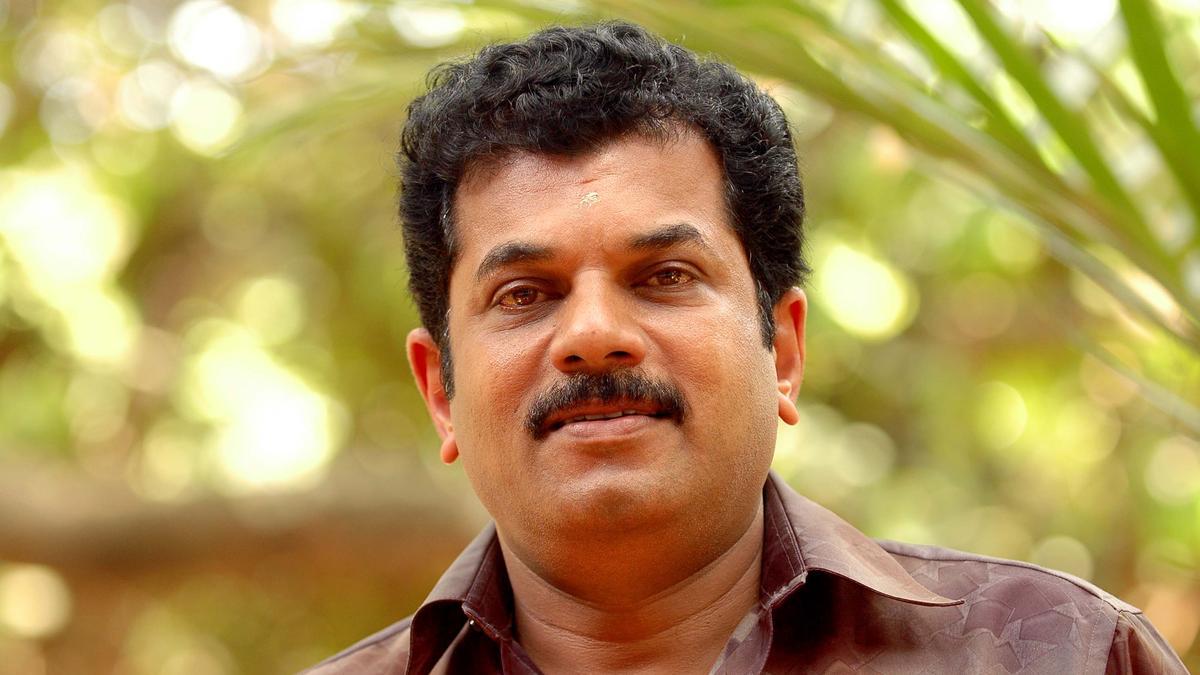
In a moment of vulnerability, Ananya Panday’s character Ahaana in “Kho Gaye Hum Kahan” reflects on the all-consuming nature of our digital lives, noting how life can slip by unnoticed as we fixate on our screens. This sentiment encapsulates the essence of Arjun V Singh’s directorial debut. It is a narrative docking at the intersection of friendship, aspiration, and social media’s pervasive impact.
We enter the lives of three inseparable friends, each embodying the youthful zest of twenty-somethings charting their courses through Mumbai’s urban maze. Imaad, portrayed by the charismatic Siddhant Chaturvedi, captures audiences with his happy-go-lucky spirit, navigating his stand-up comedy career and adventures in love with the casual swipe of a dating app.
Amidst the patchwork of urban lives, Ahaana, Imaad’s flatmate, dazzles as a professional ace with a cascade of accolades and the hope to eventually settle down with her longtime boyfriend. On another edge of this millennial triangle stands Neil (Adarsh Gourav), a personal trainer with aspirations to elevate his profession to entrepreneurial heights.
Their bond, cemented by frank conversations and bottled confessions, comes undone as their personal journeys diverge under the weight of generational gaps and societal expectations. The trio finds themselves at crossroads, pushing against the tide of parental incomprehension: Imaad’s father presses him to join the family empire, while Neil wrestles with the economic prudence championed by his working-class kin. Meanwhile, Ahaana, in a softer light, struggles beneath the heel of workplace and romantic subjugation.
Singh’s lens underscores how in today’s world, existence appears validated only when displayed on digital platforms. Privacy and authenticity are brushed aside, overshadowed by an incessant craving for social media’s mercurial approval. Through Ahaana’s experience—the pain of a breakup magnified by her ex’s new partner’s online following—the film grips us with its stark reflection on our yearning to be seen, even to our own detriment.
Caught in a whirlpool of digital illusions, Ahaana starts curating a faux-perfect image on Instagram, Imaad juggles fleeting connections despite a brush with genuine maturity in the form of a new, insightful love interest (Kalki Koechelin), and Neil experiences the intoxicating allure of overnight social fame. Their plunge into the digital abyss signals a crisis of identity, a specter of obscurity threatening to dismantle their reality and relationships.
“Kho Gaye Hum Kahan” vocalizes an intimate commentary on the digital age’s grip through its storytelling charm. Singh’s portrayal is devoid of romanticism, opting instead for a raw portrayal of the intersections between the virtual realm and the tangibility of human emotions.
Chaturvedi effortlessly ensnares viewers with Imaad’s nonchalant mask, camouflaging his vulnerability. Gourav’s Neil is a study in authenticity, while Panday’s Ahaana is striking in her relatability, delivering one of her finest cinematic renditions. Their dynamic oscillates from playful banter to the depths of conflict and reconciliation, carving an authentic image of friendship against a palette of visceral reds and blacks.
Singh’s narrative is a stark reminder of the balancing act between our digital and real-world personas. It reflects upon the distortion of success as measured through the currency of likes and views—precipitating the unsettling question: in our desperation to be seen, might we sacrifice our essence?
“Kho Gaye Hum Kahan” is not merely a film; it is a mirror held up to a generation navigating the tumultuous waters of contemporary society. It seeks not only to entertain but also to provoke thought on the cost of our digital personas and the enduring significance of genuine relationships. With stirring performances and a powerful message, the film stands as a poignant call to introspection amidst the cacophony of perpetual online noise.










